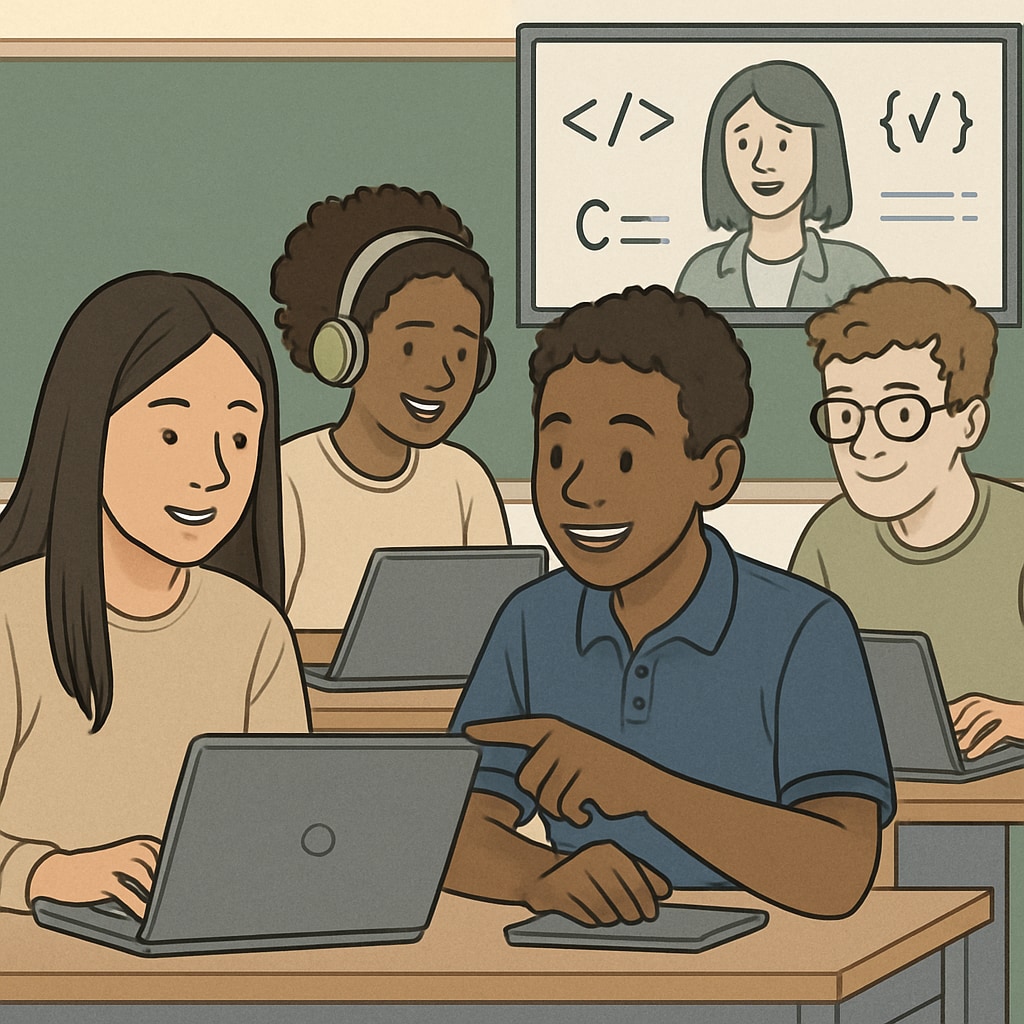In today’s competitive educational landscape, high school students are increasingly seeking extracurricular education resources to complement their classroom learning. These resources help broaden their academic horizons and prepare them for future challenges, especially as they approach the crucial final years of high school. This article offers actionable strategies for students to identify and utilize quality programs, including both free and paid opportunities, to maximize their learning potential.
Why Explore Extracurricular Education Resources?
Traditional classroom education provides the foundation for learning, but it often has limitations in scope and depth. Extracurricular education resources, such as specialized courses and workshops, allow students to delve into topics that interest them or address areas where they need improvement. These resources also foster critical thinking, creativity, and collaboration skills—qualities highly valued by colleges and future employers.
For example, a student interested in coding might benefit from an online programming bootcamp, while another passionate about literature could explore writing workshops. By identifying personal goals, students can tailor their learning experiences to align with their aspirations.

How to Find Free Extracurricular Opportunities
Free educational resources are widely available and offer excellent opportunities for high school students. Here are some practical methods to find them:
- Local Libraries and Community Centers: Many libraries host free workshops, tutoring sessions, and seminars on various topics. Check their event calendars regularly.
- Nonprofit Organizations: Groups like Khan Academy provide free, high-quality online courses in subjects ranging from math to history. Similarly, Coursera and edX offer free versions of their courses.
- School Partnerships: Some schools collaborate with local businesses or universities to offer free extracurricular programs, such as STEM clubs or art classes.
Students should also explore online forums and social media groups dedicated to sharing educational opportunities for high school learners.
Paid Programs: Making an Investment in Your Future
While free options are abundant, paid programs often provide additional benefits, such as personalized instruction, exclusive resources, and certification upon completion. Here are some examples of paid opportunities worth considering:
- Summer Camps: Academic and skill-based camps, such as debate camps or science workshops, provide immersive learning experiences.
- Test Preparation Courses: Programs like Princeton Review or Kaplan offer structured SAT/ACT prep courses to boost college admission chances.
- Private Tutoring: For students looking for one-on-one support, private tutors can tailor lessons to individual needs, ensuring faster progress.
When selecting a paid program, it’s important to evaluate its reputation, curriculum, and alignment with your goals. Reading reviews and seeking recommendations from peers or teachers can be invaluable.

Balancing Extracurricular Learning with Academics
While extracurricular education resources offer significant advantages, balance is key. Overloading on activities can lead to burnout and reduced academic performance. Here’s how to maintain equilibrium:
- Set Priorities: Identify your top educational goals and focus on resources that directly contribute to those objectives.
- Create a Schedule: Allocate specific time slots for extracurricular learning, ensuring they don’t clash with schoolwork or personal commitments.
- Monitor Progress: Regularly assess whether the programs you’ve chosen are yielding the desired outcomes and adjust as necessary.
By managing their time effectively, students can enjoy the benefits of extracurricular learning without compromising their academic responsibilities.
Conclusion: Taking the Initiative
High school is a pivotal time for personal and academic growth, and extracurricular education resources provide an excellent way to enhance learning experiences beyond the classroom. Whether through free online courses, local workshops, or paid programs, students have access to a wealth of opportunities. By taking the initiative to explore these resources, high schoolers can gain a competitive edge and develop skills that will serve them well into the future.
For more information on widely recognized learning platforms, visit Khan Academy or explore Coursera’s offerings.
Readability guidance: Short paragraphs, clear headings, and actionable advice make this article easy to follow. Ensure balance between active and passive voice, with frequent use of transitional phrases for better flow.


